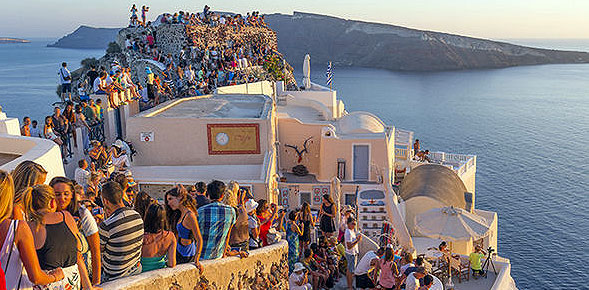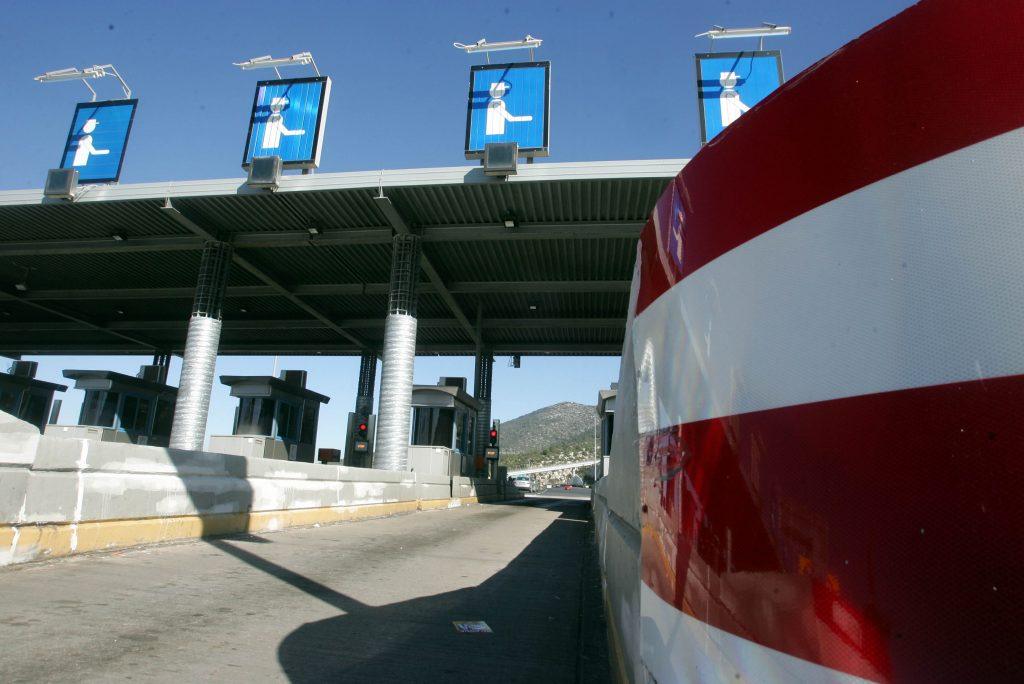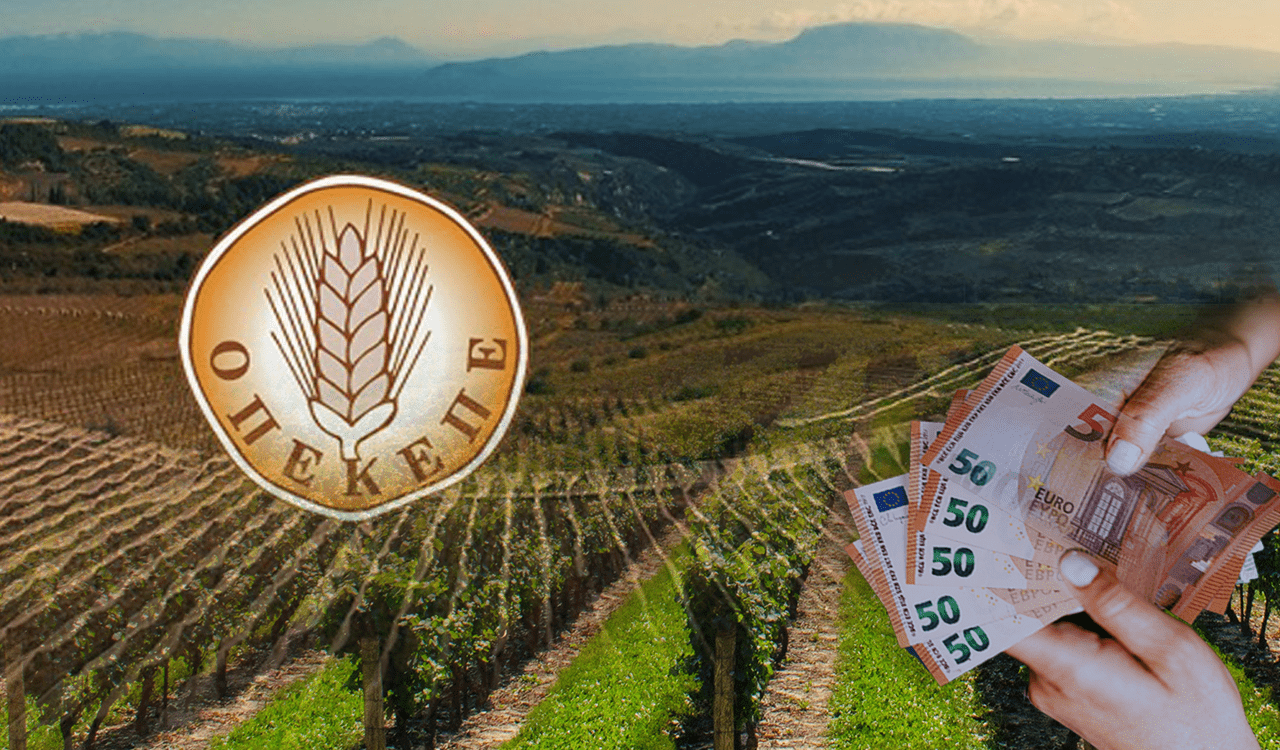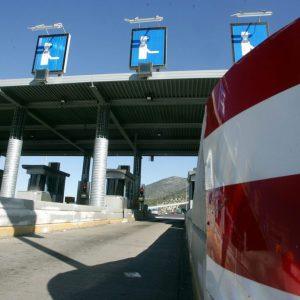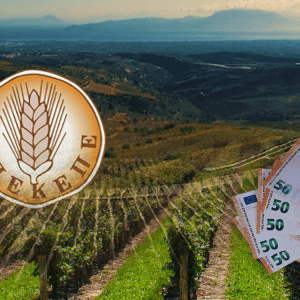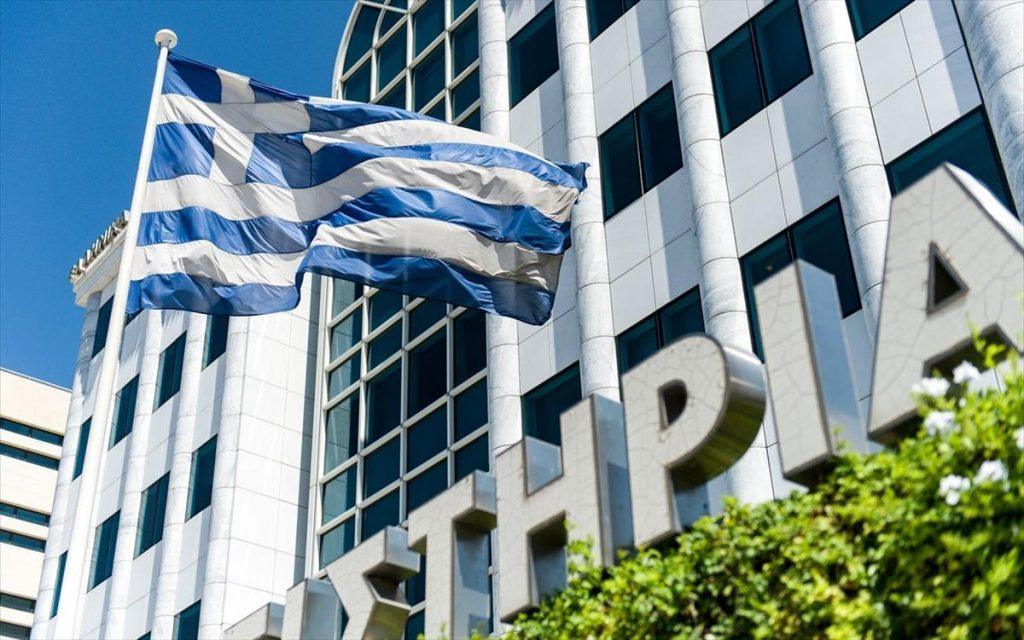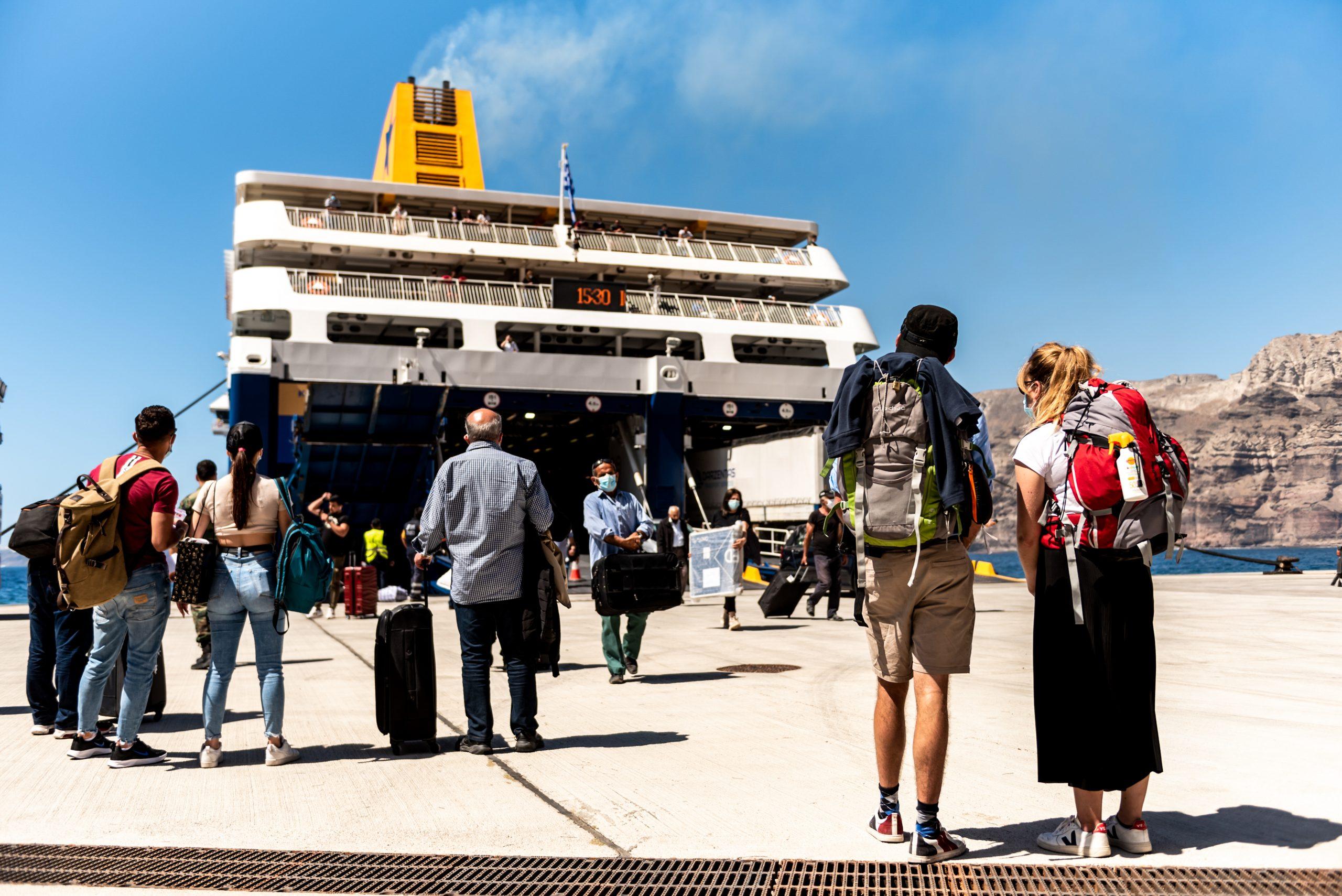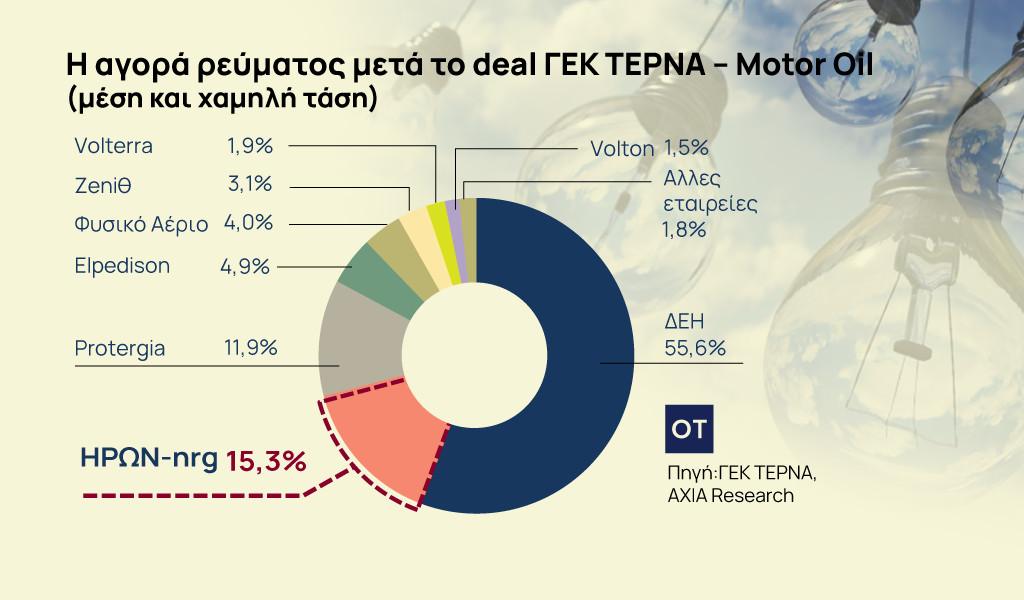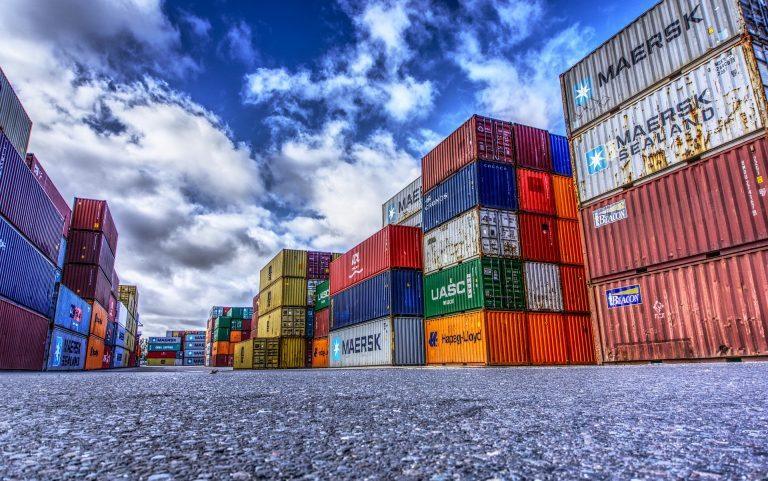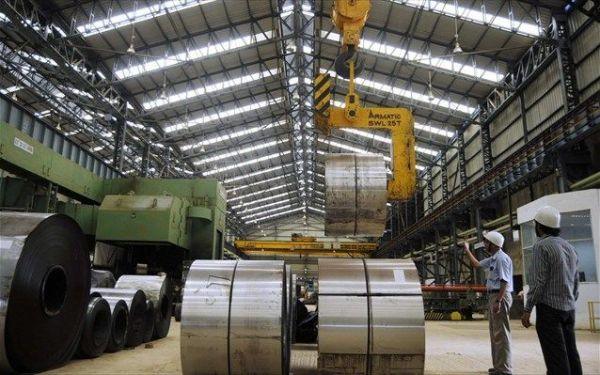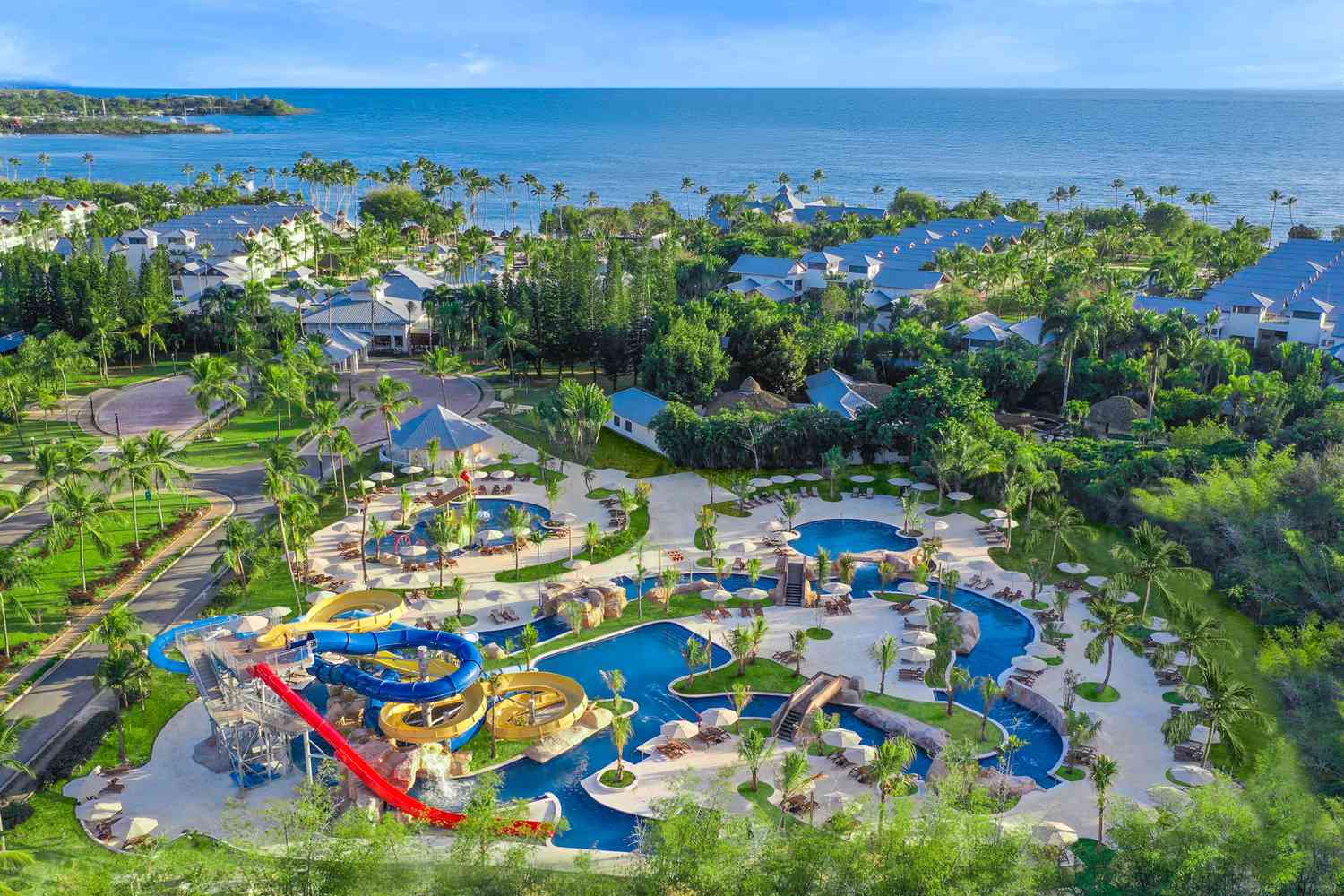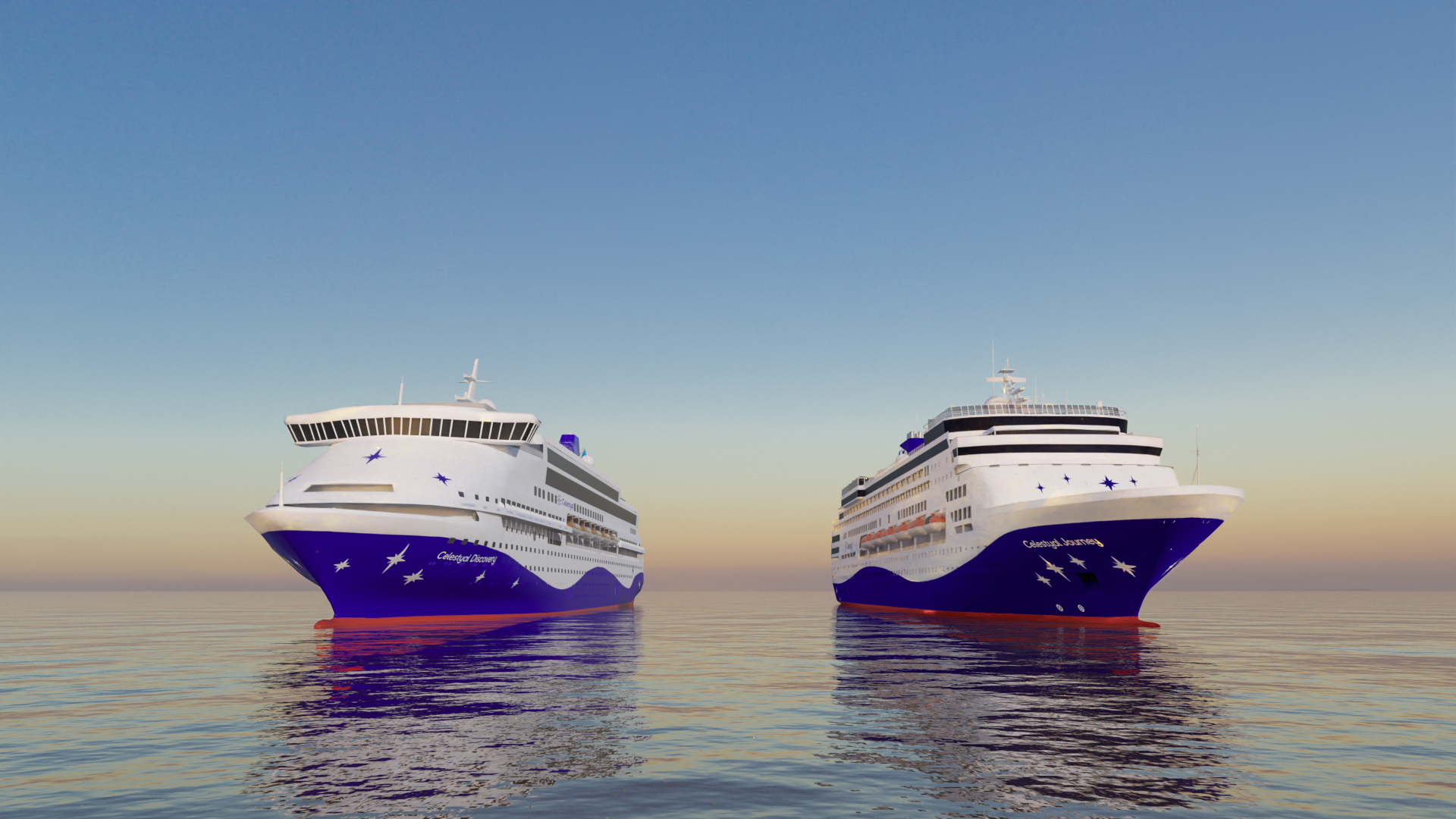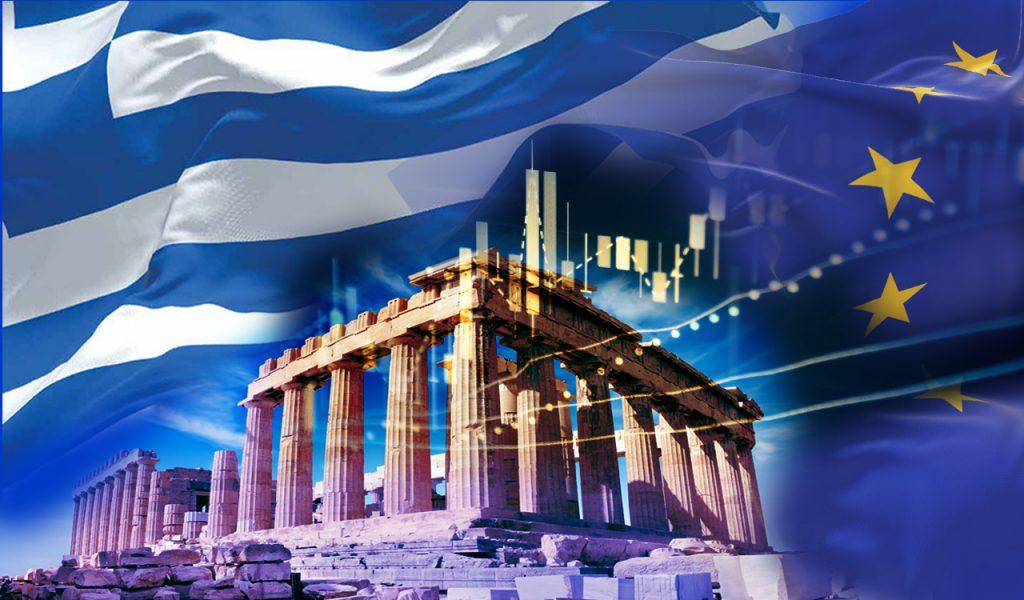A study carried out by the Hellenic Society of Environment and Culture Heritage, in order to show off the Municipality of Thira, proposes some solutions in order to come up against the miscellaneous problems the Municipality faces
It was summer, a few years ago, when a wealthy American couple arrived at their luxury accommodation in Oia, Santorini with a dream: to visit the Cape. How to imagine that, on such an island in the middle of the Aegean, for them to cover a distance of about 23 kilometers would take 2 to 2.5 hours. In the end they never arrived at their destination.
But, not only does the unprecedented traffic jam on the few streets of the island consist a problem for the tourists, but also the fact that the free spaces on the island are hard to find is another major problem. Two different investment projects have been proposed for the same mine, for which the Central Archaeological Council has given a positive opinion. One proposal concerns the installation of an advanced waste treatment plant and the other the construction of a five-star hotel. The deadline for the expropriation of the area for the construction of the unit expires in September, and if it does not proceed, the way will be opened for the tourist investment.
What is striking about the case of Santorini is that the development pressures on the island did not slow down even during the decade of economic recession. On the contrary, by 2019 Santorini experienced a frantic growth – stopped by the pandemic and the lockdowns- which made the Municipality of Thira one of the richest in the country. However, the size of the development, both demographical and residential, created problems with the Municipality finally assigning to the Hellenic Society of Environment and Culture Heritage a project for the development of the Municipality of Thira that the scholars presented yesterday to the Greek Prime Minister, Kyriakos Mitsotakis.
The central point of the proposals of the Hellenic Society of Environment and Culture Heritage for the gradual promotion of the Municipality of Thira was the pursuit that a large area (the shores of the caldera on both islands along with all of Thirasia and a site of archaeological and natural interest in the southern Thira, in the area of Akrotiri- Vlychada-Emporio-Prophet Elias-Ancient Thira) should prepare for future candidacy for inclusion in the international list of Cultural and Natural Heritage Monuments of UNESCO (WorldHeritageSite). In particular, the proposals of the scholars, among others, include the following:
Concerning the energy sector, immediate exploitation of the low enthalpy geothermal water that is abundant in southern Santorini is proposed, especially for the 13 desalination plants that currently operate on fossil fuels. Also, it is considered important the medium-term promotion of high enthalpy geothermal from Milos, which will allow sustainable movement with electric vehicles in the two municipalities of Milos and Thira. The IPTO-planned electrical interconnection of Thira with Milos, within the next two years, is a necessary, but not sufficient, condition in the effort to utilize the geothermal energy from Milos to provide clean electricity to Thira.
In order to deal with the tourist overgrowth, it is considered crucial to avoid synchronized cruise ship arrivals, partly by using a floating altitude fee for each visitor, higher during peak hours, as in Venice and faithful implementation of the program of the Municipal Port Fund of Thera. It is also proposed to limit or even completely ban the creation of new tourist accommodation in non-planned areas and in some settlements where there is saturation (e.g. Oia, Imerovigli, Fira). As a solution, the reduction of Building Factors for hotels (in all zones) is preferred, in order to be in line with those of the residence. In addition, the daily arrivals of ferries on the Heraklion / Athinios route should be reduced from one to two per day and the tourist season should be extended, by imposing restrictions on peak periods and using incentives and disincentives for new tourist accommodation of all kinds.
Housing Development requires, for some time or permanently, some unpopular bans until the relationship between superstructure and infrastructure becomes viable again. Among other things, it is proposed:
(a) Prohibition of temporary construction in the off-plan areas with special emphasis on the new road between the Airport and Oia.
(b) Absolute prohibition of new construction in specific, already overloaded, zones.
(c) Prohibition (or reduction) of construction projects in already overcrowded areas.
(d) Renewal of annual suspension for any permit for a new hotel or other type of hotel accommodation, until it is certified that the infrastructure has been sufficiently upgraded and approved by the Special Urban Plan.
4) As for the water resources of Thera, an island with particularly low rainfall, the installation of cistern (water tank) is proposed in every new building. The installation of a dual water distribution system _ one for drinking water and the other for reusable water and a proper irrigation in fields and gardens will also contribute to the alleviation of the problem.
5. As for the waste management, the researchers consider that the expropriation of the Metaxa Mines should be completed within July, so that the site will be available for the installation of a waste management infrastructure (e.g. green spot). The foundry will be installed in the southwestern tip of Santorini. An overhaul of the recycling system is also required.
6. For agricultural land and agricultural production, state support is required for the inclusion of the wine-growing zone of Thera and Thirasia in the Representative List of Intangible Cultural Heritage of UNESCO, preservation, as vineyards, of all areas that were vineyards in 2011, with simultaneous and economical ban on land use change to avoid the threatened monoculture of tourism.
7. Concerning the Landscape and the Areas of Protection there is an urgent need for recognition and protection of the special landscapes of Thira and Thirasia that are already endangered by unauthorized or uncontrolled construction, such as Vlychada with its imposing rock formations, Akrotiri, Mespa Piri Beach, Kambia area, caldera area and the south side of Akrotiri) as well as the area along the road to Profitis Ilias. The institutionalization can be done either with the forthcoming study of the Special Urban Plan, or through the current Special Environmental Study and the Management Plans. Among others, it is proposed to set a threshold of 10 acres for housing in off-plan areas and harmonize the building factor for hotels in a perimeter zone of 200 meters around the settlements with those applicable to housing.
In addition, researchers formulate proposals for cultural infrastructure, but also for the design of sustainable transport with an immediate ban on the movement of four-wheelers and the introduction of toll for the use of a car by a single passenger at peak times and seasons, creation of parking space outside the settlements. Moreover, strict observance of a limit of 8,000 passengers entering Santorini daily, including groups from Crete, and a ban on overnight cruise ships in the caldera area is also proposed.
